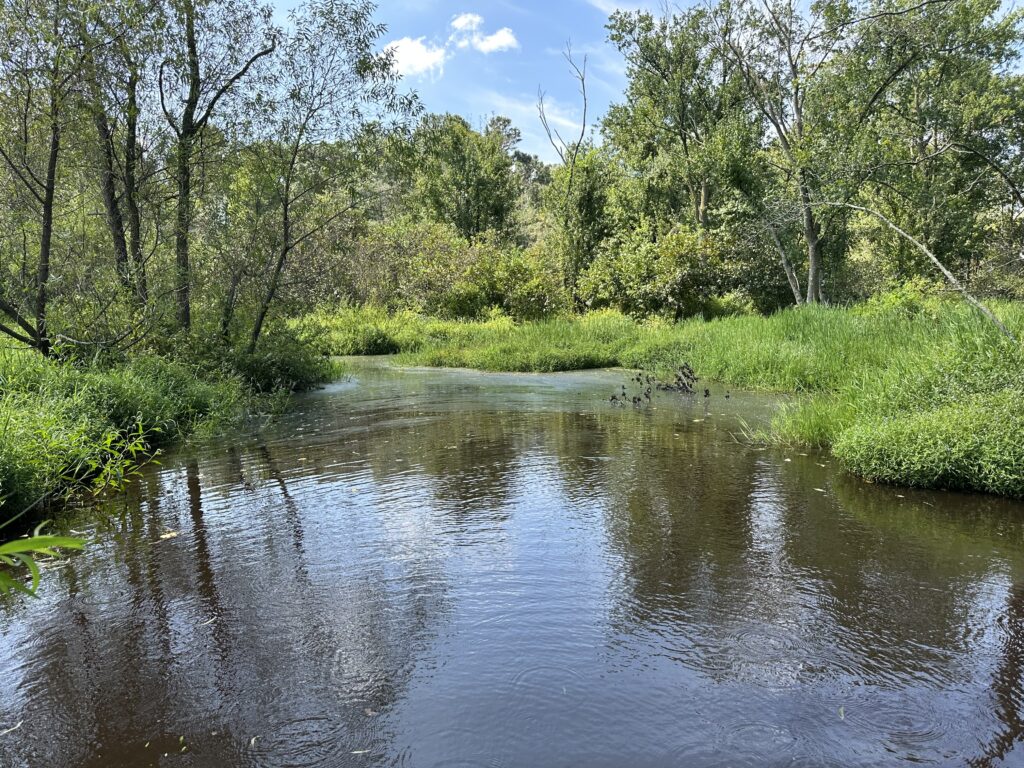Buy Credits

Credit Buying Process
Upon receiving a Credit Inquiry, RestorEcology will first issue a quote for the credits via email, with pricing and availability. Following confirmation from the Client that they would like to purchase the credits, RestorEcology issues an invoice.
Once payment is received (usually by check), we issue a Credit Transfer Certificate that functions as the receipt for the credit sale and for the regulatory agency requiring the credits. RestorEcology will also provide a copy of the official credit ledger documenting the purchase for the state of North Carolina.
FAQs
For Landowners

